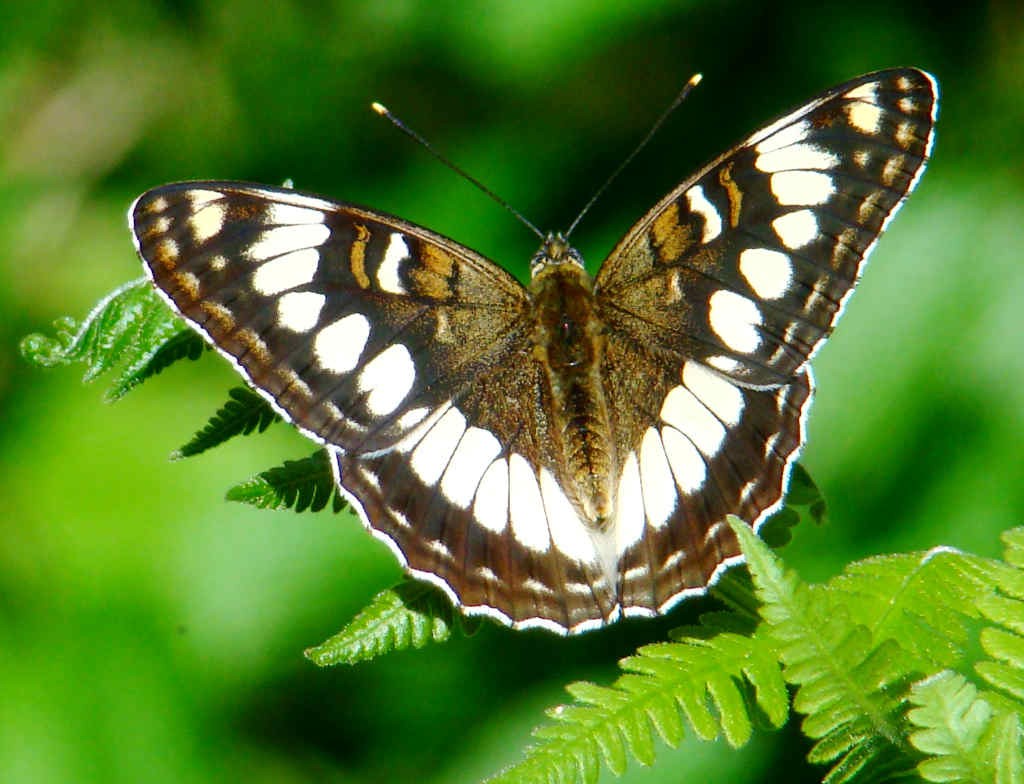
Heliophorus epicles (Purple Sapphire)
The Purple Sapphire (Heliophorus epicles) is a strikingly beautiful butterfly that adds vibrant color to the forests and meadows of the Great Himalayan National Park. Known for its iridescent purple-blue wings edged in black and orange, this small yet dazzling butterfly is a delightful sight for nature lovers and butterfly enthusiasts exploring GHNP.
Description and Identification
This butterfly is relatively small in size, with males displaying brilliant purple-blue upper wings bordered by black, while females are slightly duller. The underside is light brown with delicate patterns and bright orange markings near the hindwing’s tail. These vibrant features make the Purple Sapphire easily distinguishable from other species in the region.
Habitat and Range in GHNP
The Purple Sapphire thrives in subtropical and temperate zones of GHNP, often seen fluttering around sunny forest edges, clearings, and flower-rich meadows between 1,200 to 2,700 meters. It prefers areas with plenty of flowering plants, which provide nectar and breeding sites. This butterfly is most active during the warmer months, particularly between April and September.
| Common Name | Purple Sapphire |
| Scientific name | Heliophorus epicles |
| Family | Lycaenidae |
| Description | It is a common butterfly and having the wingspan 28-34 mm. It is commonly seen in ground level along with forest path and found in an altitude between 600 -2100m. Both sexes bright yellow on under forewing, with no discal markings, except occasionally a few dots between base and red marginal area. The under hindwings has no prominent basal black spots. Male has a dark purple shinning on their wings. |
Role in the Ecosystem
The Purple Sapphire plays an important role in pollination, helping maintain the biodiversity of GHNP’s flowering plants. As both a pollinator and a food source for birds and small mammals, it contributes to the delicate ecological balance of the park.
Conservation Importance
While not currently endangered, butterflies like the Purple Sapphire serve as bioindicators—species that reflect the health of an ecosystem. Protecting their habitat ensures the overall well-being of the Great Himalayan National Park’s diverse flora and fauna.
Conclusion
The Purple Sapphire (Heliophorus epicles) is more than just a visual treat; it symbolizes the rich biodiversity thriving within the Great Himalayan National Park. Its continued presence highlights the importance of preserving this unique Himalayan habitat for future generations.



